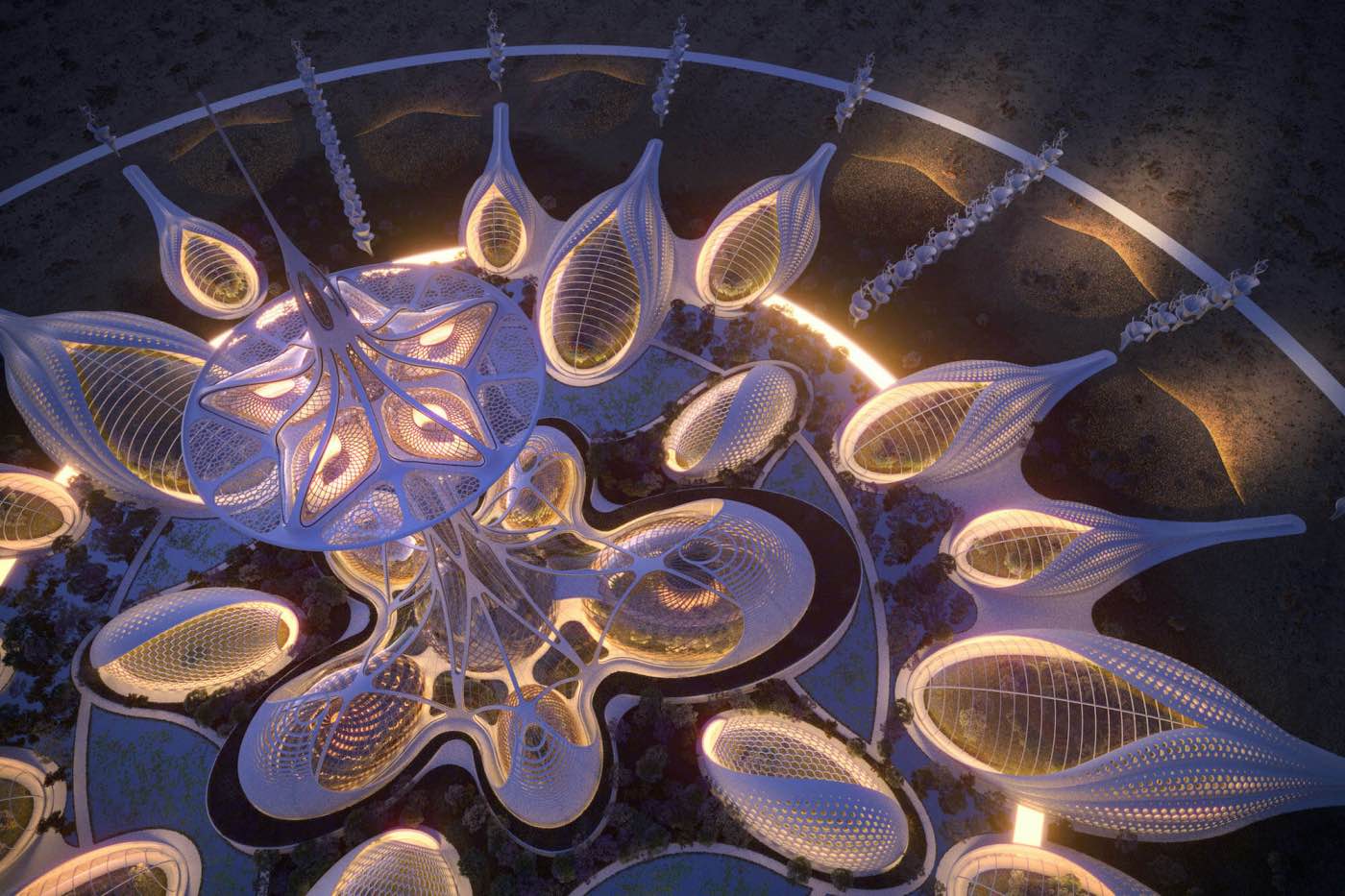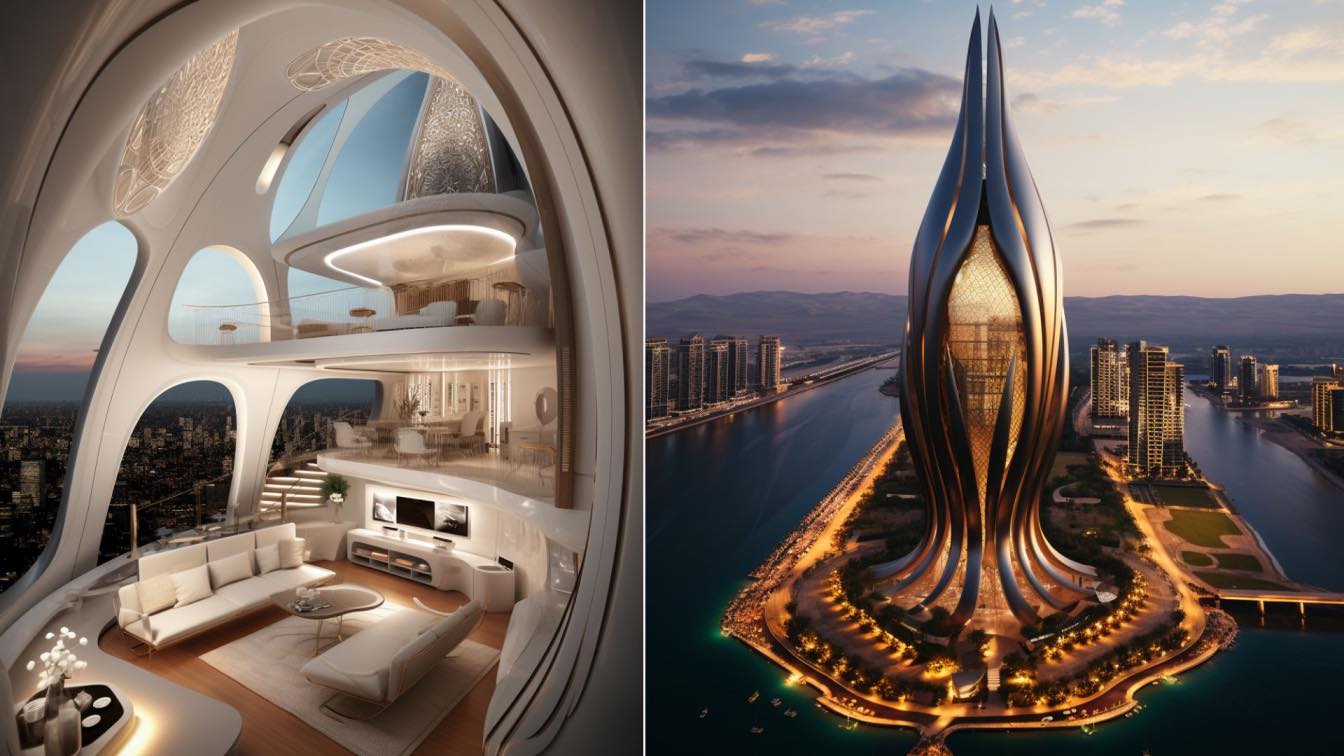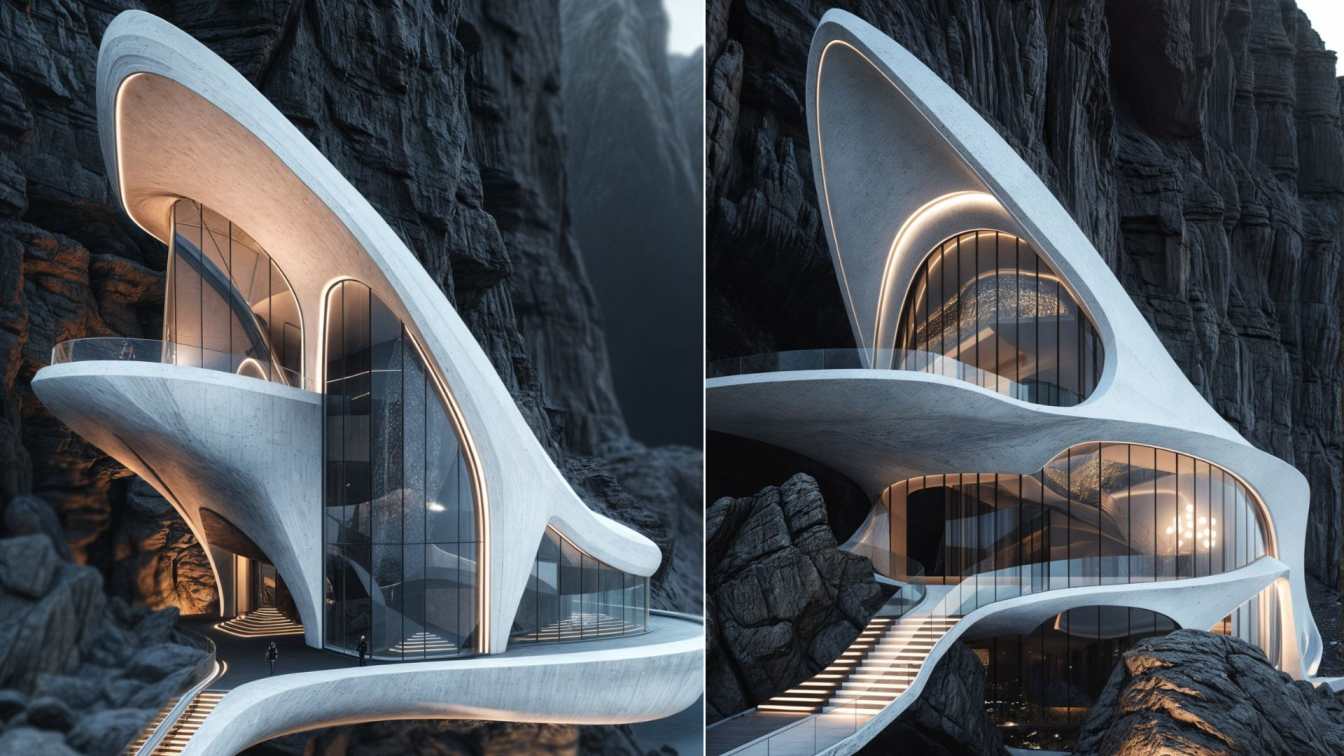Manas Bhatia: Imagine the year is 2187 and Mars has become a bustling hub of activity. Humans have been living on the red planet for over a century, and the once-barren landscape is now dotted with cities and towns!
As an architect, I have always been fascinated by the idea of designing cities that are not only functional, but also sustainable and adaptable to the unique conditions of their environment. One of the most exciting challenges in this regard is the possibility of designing a city on Mars, a planet that presents a host of unique challenges for human habitation.
One approach that has been proposed is designing a city inspired by desert cacti. Desert cacti are known for their ability to survive in harsh and unforgiving environments and have developed a variety of adaptions to conserve water and protect themselves from the sun's intense radiation. By studying the design principles of these plants, valuable insights can be gained into how to design a city that can thrive in the harsh conditions of Mars.

The city would likely incorporate sustainable technologies such as solar power and water recycling systems, similar to how cacti are able to store water in their thick stems. Additionally, the city's architecture may incorporate features such as shading and cooling systems to protect inhabitants from the high temperatures and radiation on Mars. Overall, a future city inspired by desert cacti on Mars may be a highly efficient and sustainable community, adapted to thrive in the challenging conditions of the red planet!
For this project Manas used the popular set of tools chatGPT and midjourney. The narrative was generated in chatGPT after feeding the AI, the architect's idea. The generated narrative was then used in parts as text input for midjourney to visualise the whole concept.
An architect can use ChatGPT to write a narrative for designers, outlining the design concepts and specific elements of a building or space. This narrative can then be used as a prompt in text-to-image AI tools like midjourney, which can generate visual representations of the design described in the narrative. This combined use of AI tools can greatly aid architects in the design process, as it allows for the quick creation of visual representations of their ideas, which can then be easily shared and discussed with clients and other members of the design team. Additionally, it allows for more efficient iteration and experimentation with different design concepts, as visualizations can be generated quickly and easily. This can ultimately lead to more creative and functional designs, as well as a more streamlined design process overall.





























